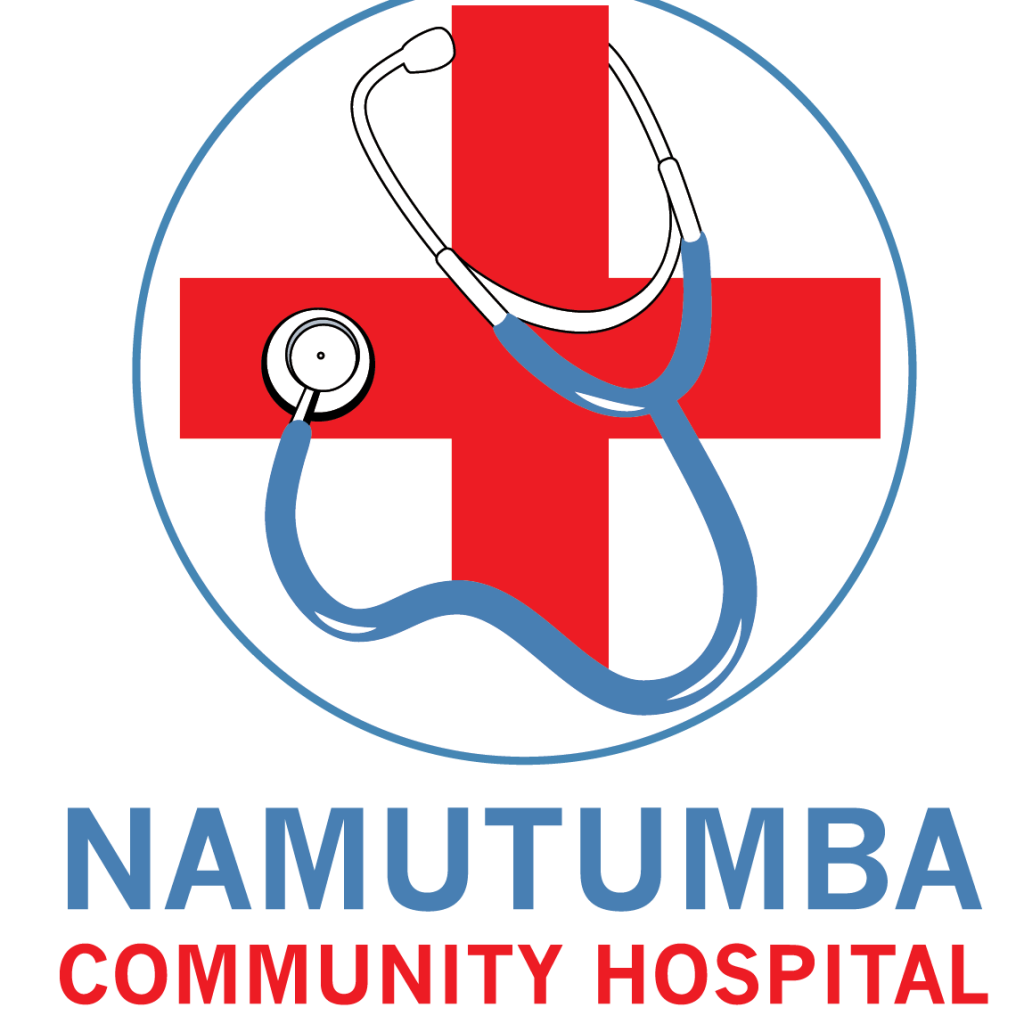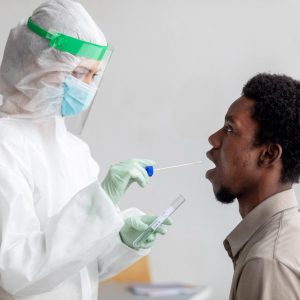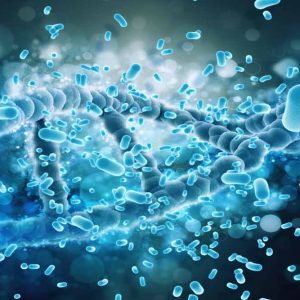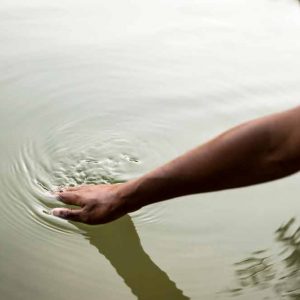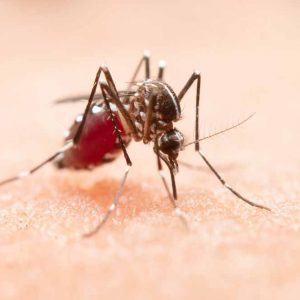In today’s modern world, access to clean and safe drinking water is a basic necessity that many of us take for granted. Unfortunately, a significant portion of the global population still lacks access to clean water sources, leading to a multitude of water-borne diseases. These diseases, including cholera, diarrhoea, hepatitis A, typhoid, and polio, can have devastating effects on individuals and communities. In this blog, we will delve into the grave consequences of consuming unsafe water and explore practical measures to protect ourselves from the risks.
1. The Prevalence of Contaminated Water
It is a staggering reality that around 2 billion people worldwide rely on drinking water sources contaminated with faecal matter. This contamination occurs due to inadequate sanitation systems, improper waste disposal, and pollution of water bodies. Regions with limited access to clean water are especially susceptible to the proliferation of water-borne diseases, causing significant health and socio-economic burdens.
2. The Health Risks of Drinking Unsafe Water
Drinking water contaminated with harmful pathogens poses severe health risks. Cholera, a life-threatening diarrhoeal disease, thrives in unclean water and can spread rapidly within communities. Diarrhoea, another common water-borne illness, affects millions of people every year and can lead to dehydration, malnutrition, and even death, primarily impacting young children. Hepatitis A, typhoid fever, and polio are additional diseases that can result from consuming unsafe water, causing long-term health complications and hindering overall development.
3. Ensuring Water Safety: Collaborating with Water Providers
To safeguard ourselves and our loved ones, it is crucial to be proactive in ensuring the safety of our drinking water. Start by reaching out to your water concessionaire or local water refilling stations to verify the quality of the water they provide. These entities are responsible for adhering to strict guidelines and regularly monitoring the water quality. Stay informed about their practices and certifications to gain confidence in the water you consume.
4. Boiling Water: A Simple yet Effective Practice
In situations where you are unsure of the water source, boiling water is a tried-and-true method to eliminate harmful microorganisms. By bringing water to a rolling boil for at least one minute, you can effectively kill bacteria, viruses, and parasites that might be present. Once boiled, allow the water to cool naturally before drinking. This practice is particularly beneficial in areas with limited access to clean water sources or during times of emergencies when water contamination is suspected.
Conclusion
The importance of clean and safe drinking water cannot be overstated. The prevalence of water-borne diseases worldwide serves as a stark reminder of the risks associated with consuming contaminated water. By understanding the dangers and taking proactive measures, such as collaborating with water providers and practicing water boiling techniques, we can protect ourselves and our communities from the devastating consequences of unsafe drinking water. Let us work together to ensure that clean water is not just a privilege but a fundamental human right for all.

